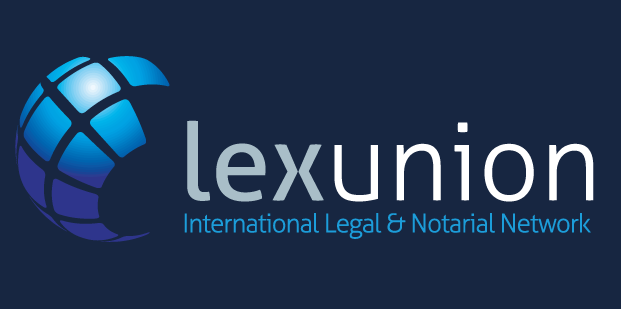Denmark is a civil law, non-trust jurisdiction. We include global assets in a Danish estate administration and will assume jurisdiction based on a broader-scope residency test than habitual residency. Beneficiaries in a trust are often considered heirs and taxed accordingly. Moreover, income and capital gains are taxed in the estate in Denmark since the estate is a separate legal entity and therefore taxable.
Successive successions are valid for one unborn generation, e.g., Testator to child (beneficiary 1) to grandchild (beneficiary 2) if beneficiary 2 has not yet been born at the settlement of the vehicle. Unlimited successive successions (fideis-kommis) were abolished in our 1915 constitutional revision.
Until now, these successions have been exempted from capital gains tax, which is significant since many holding companies are transferred this way. The reason for the exemption is the lack of legal basis, since the assets are transferred to the next in line immediately and automatically upon death. They are not a part of the estate of beneficiary 1 and not covered by Danish estate tax law. This was established by a supreme court verdict in 2015.
The tax authorities have recently indicated a change of practice and are exploring taxation of capital gains on shares in successive succession based on beneficiary 1 as a living tax subject. This new practice is without a clear legal basis. The tax authorities’ argument is that a transfer of the asset does take place. The argument against taxation is that the asset is not covered by Danish estate tax law, and there is no income to tax on the tax subject (beneficiary 1) since the asset has left the tax subject’s control without any payment upon death. If the tax authorities maintain their interpretation, the only viable tax subject would be the estate after beneficiary 1. This would result in 1) many insolvent estates, 2) capital gains tax washed off in the insolvent estate and 3) beneficiary 2 receiving the asset with a new valuation that would render an immediate sale tax free – which would be a most unusual lack of symmetry between the asset holder and the tax subject.
The question will most likely be raised before the courts when the proper case has been identified.
Written by: Troels Rovsing Koch & Mette Sheraz Rovsing, Rovsing Advokater P/S, Copenhagen (Denmark)



